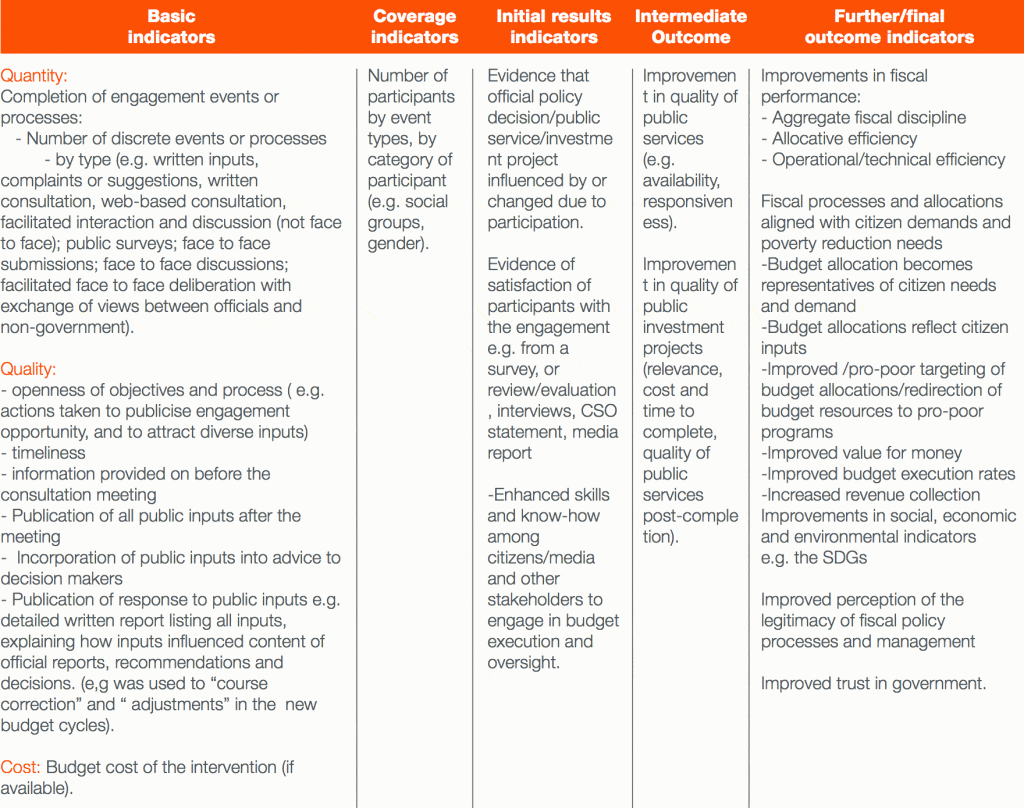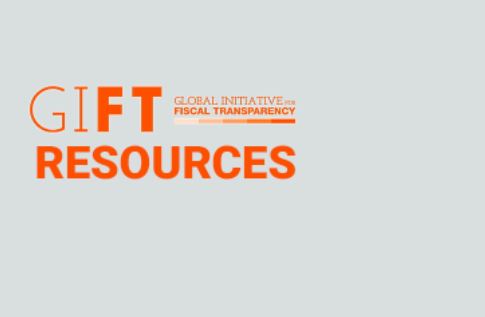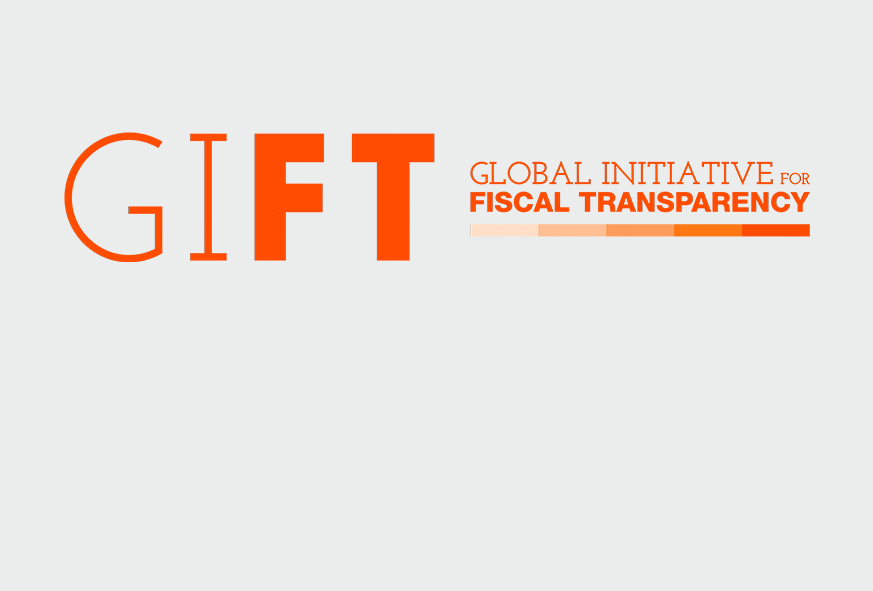PUBLIC PARTICIPATION CASE STUDIES
Public participation cases from the research of members of the GIFT Network are presented here. It is anticipated that more will be added over time. You can nominate to add a new case/experience in practice where there are lessons and models to share. These practices should however be documented in some way; for instance in a case study that has already been written up, a video, interview or blog post hosted elsewhere. Learn more about this below.
Transparency without participation: challenges for democracy in Brazil
Public Participation in the Audit Process: Tracing the effects of Social Audits in Andhra Pradesh, India
Mechanisms of Public Participation: Cases and Infographics
SOCIAL AUDITS IN KENYA
Visual Citizen Audit Program in Colombia
Open budget workshops (presupuestoabierto.gt) Guatemala
Submit
Yours
METHODOLOGICAL FRAMEWORK FOR THE DEVELOPMENT OF NEW CASES
What is a GIFT public participation case?
A GIFT public participation case is a standardized presentation of a public participation mechanism being implemented with respect to fiscal policy design or implementation in a country. It helps its readers to understand how practitioners have integrated public participation into fiscal policies, identifying the factors that underlie its success (or that constrained its success); and illustrating the critical moments, enabling environment and actions which affected the trajectory of an intervention. Cases should help codify and document why and how a mechanism was implemented, how it works (process, including decision-making, structure, components), how and why implementation either succeeded or failed, as well as what complex factors contributed to the implementation process. These cases are to be documented and disseminated through the Guide’s e-platform for the broad range of interested practitioners that want to learn from the experiences of mechanisms implemented elsewhere, when designing or advocating interventions in their own country. The Guide covers cases that are being written up some time after the mechanism has been implemented (relying on existing materials – not involving original interviews as people may have moved on), as well as cases that are still to be written when the mechanism has just been implemented. In this case, authors will do interviews and rely on other evidence that is freshly available.
Methodology
Cases include information sourced from primary data sources (through interviews, new surveys -using electronic means to conduct them- or existing surveys that contain relevant questions, and possibly focus groups); supporting secondary sources; a desk review of project or program documents; any monitoring and evaluation reports; and draw on any available reviews or existing studies of the particular intervention or of a closely related intervention. Interviews are guided by an interview protocol that is specifically tailored to tease out the detailed processes at the various critical junctures of the project/program design and implementation.
THE ANALYSIS SHOULD INCLUDE (BUT NOT LIMITED TO) THE FOLLOWING DETAILS:
- Detailed descriptive information on the program/project to enhance participation activities in fiscal policy, including what activities were undertaken, who initiated them, who led them, how and when they were undertaken, who participated in them, as well as any institutionalized mechanisms.
- When indicating who led the intervention, information should be included regarding which sector they represent, for instance whether it was the executive, legislature, supreme audit institution or the non-state sector.Regarding the non-state sector, further information required includes whether invited or invented participation took place. (Invited participation: State actors initiate the engagement of non-government actors. Invented (claimed) participation: Non-state actors, such as civil society organizations, initiate the mechanism, and there may or may not be state actor involvement in it.)
- Regarding the state sector, the level of government responsible for leading the intervention should be indicated, together with information on whether any other levels of government are involved.
- What triggered the intervention (e.g. a reform leader or minister(s), a senior official(s), a debt crisis, change in political leadership, change in constitution).
- What were the objectives of the intervention? Were they measurable? Were attempts made to monitor and report progress?
- Stakeholder mapping (Who are the key players, what are their roles with regards to decision making processes).
- Resources involved (human and financial) for all the actors involved.
- A timeline (in tabular format) indicating key milestones.
- What the outcome of the participation activities was (e.g. whether the government responded; whether there is any evidence that inputs were included in official advice; whether a decision changed). Specifically, the case study needs to mention the following impact indicators (when applicable).
For details, please refer to Table 1.
a. Indicators to measure the process (e.g. how many people participated, how they participated);
b. Indicators to measure the impact on the system itself: (e.g. whether public inputs are all publicly available; whether they are summarized by the implementing agency; whether there is a published response saying how the inputs were used or not, in developing or deciding on policy or implementation; evidence the inputs were included in official advice to decision makers);
c. Indicators to measure the impact on public service delivery (e.g. have learning outcomes in schools improved due to public participation in school budget formulation processes); and
d. Indicators to measure improvements in social, economic and environmental impacts (e.g. improvement in Sustainable Development Goals).

Format of the cases
- Summary
- Briefly describe the mechanism as it was implemented, and the particular policy objectives and public demands or expectations that the practice was or is intended to address.
- Basic facts
- Stage in Fiscal Policy Cycle: Formulation, Enactment, Implementation, Audit
- Lead institution: Executive, Legislature, Supreme Audit Institution, Non-state
- Levels of government involved: National, Regional, Local
- Why
- What is the objective of incorporating public participation?
- How was success to be measured [cross-referring to suggested Box above]
- Authorizing environment
- Provide a link to any specific law or regulation that provides authority for or that directs officials to engage the public.
- If the mechanism is an Open Government Partnership commitment, introduce a tag and link to it.
- Provide a link to any general enabling environment such as a provision in the constitution and/or a freedom of information act.
- Who and how
- How the mechanism was designed and implemented (To the extent possible, align with elements of the GIFT principles regarding openness, inclusiveness, timeliness etc.)
- Descriptions of the process, structure and components:
- Participants/selection process/diversity of inputs
- How decisions are made
- Whether decisions are binding
- How much of the process relies on technology.
- Whether there are any institutionalised elements
- Resources invested in the implementation of the mechanism, including whether they are one-off or recurring resources
- Important to capture the process step by step. If a government wants to start something similar, they need to know where to start.
6. Results and impact
- How has the input generated through the participation process been used? Has participation made a difference?
- Has the institution provided feedback on the results of participation? What problem did it solve/overcome?
- Provide external references about the mechanism (e.g. study, survey, other publications).
- Consider intermediate impacts on participants and on government (evidence of impact should be provided); as well as on the quality of policies. Note: Cases can be included where there isn’t yet evidence of impact however this needs to be stated.
7. Lessons Learned
- Summarize and provide links to any assessments or evaluations of the intervention e.g. an OGP Independent Reporting Mechanism report, a departmental review, a civil society organisation review, a program evaluation, supreme audit institution assessment, and/or a score on a relevant Open Budget Survey question.
- Identify the lessons learned by the practitioners who implemented the mechanism, provide the main conditions and factors associated with the success of the practice as well as any other tips for success. Include do’s and don’ts.
- Identify any relevant evidence from the current state of the field.
- Importantly, the Guide can include mechanisms that have failed. In such cases, the lessons learned on why they failed will be most relevant.
- Capture adaptive learning; the progress over time of the mechanism/s.
- Mention whether the mechanism has been replicated in any other locality in-country, or in another country.
8. Principles of Public Participation in Fiscal
- List the GIFT Public Participation Principles to which the mechanism is aligned. Discuss and elaborate further.
- When appropriate, offer recommendations of potential actions that would allow the mechanism to engage more of the principles.
engage more of the principles.
9. Country context
- Type of government
- Civic space (size of civil society, regulatory framework)
- Open Budget Survey scores – the overall budget transparency score, and the scores for public participation. Indicate whether the intervention is measured by the OBS.
- Score on Transparency International’s Corruption Perceptions Index
Annexes and supporting documents
The following supporting materials may be included as Annexes to the main case study document:
- A timeline of the strategy/project/program/policy under investigation
- A list of interviewees
- Stakeholder map
- Process map
GIFT seeks for your contributions to progressively add more examples of practices that are aligned to the Principles of Public Participation in Fiscal Policy. If you have a case you would like to contribute, please review the methodological framework you need to follow. Then, please submit your case study, GIFT team will review the case study and share their decision to the author of submission. Accepted Case Studies will be placed in the GIFT Guide on Principles and Mechanisms of Public Participation in Fiscal Policy, where they will remain accessible to thousands of researchers and practitioners worldwide.
Please fill out all the following fields



